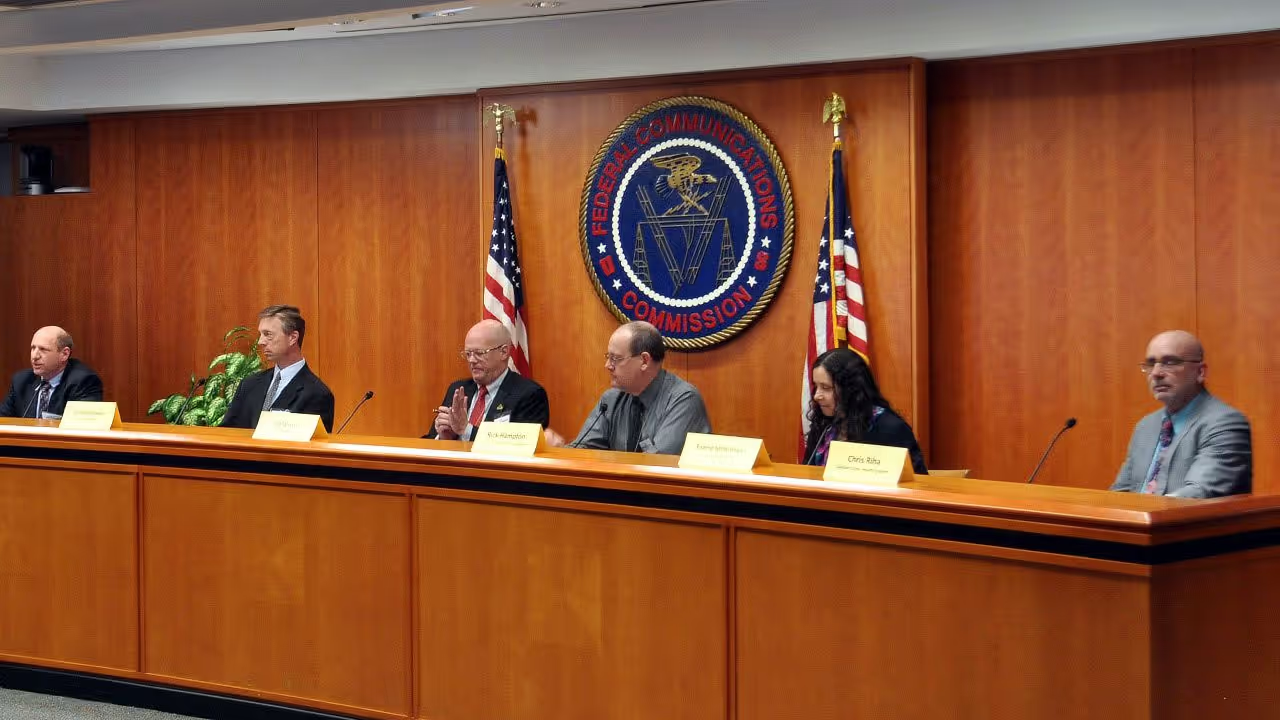
US FCC Expands 5G 3.5 GHz, Unlicensed 6 GHz Spectrum Allocations
The US Federal Communications Commission (FCC) has announced new orders to increase spectrum availability, including expanded allocations for unlicensed use in the 6 GHz band and opening up a previously-reserved portion of the 3.5 GHz band for licensed use in services including 5G cellular networking - the latter of particular interest to anyone working on 5G projects with a LimeSDR or LimeNET device.
The ruling on the 3.5 GHz band, known in the US as Citizens Broadband Radio Service (CBRS), will see increased support for 5G and other novel services, the FCC has claimed. These frequencies will be recognised by owners of LimeSDR and LimeNET hardware as being well within the 100 kHz–3.8 GHz range of the Lime Microsystems field-programmable radio frequency (FPRF) chip which powers the family, providing the opportunity to develop and even deploy 5G services quickly and efficiently in addition to the already-supported Frequency Range 1 bands.
"By modifying the licensed portion of the 3.5 GHz, or CBRS [Citizens Broadband Radio Service], band we ensure that there will be maximum investment, continued development, and successful deployment of this spectrum," says FCC Commissioner Michael O'Rielly. "We also open this mid-band spectrum for 5G technologies, which have developed since the original proceeding and have been targeted for global harmonisation, wide-area networks, and 5G roaming. We right the ship today by fixing the CBRS band so that there are opportunities for all, regardless of whether an entity is interested in fixed or mobile, 5G, or another technology."
"Our three-tiered framework ensures efficient use of the band regardless of licence sizes," claims FCC chair Ajit Pai, following concerns as to the use of county-size Priority Access Licences (PALs) for the 3.5 GHz spectrum. "This is because even after PALs are granted, General Authorised Access users can provide service in the PAL spectrum until licencees deploy. These reforms will help make this band a sandbox for 5G and represent another aspect of our comprehensive 5G FAST plan to secure American leadership in the next generation of wireless connectivity."
The FCC has also issued a proposal for an expansion to the 6 GHz band, which if ratified would provide up to 1,200 MHz of spectrum available for unlicensed use - including for next-generation IEEE 802.11ax, known commercially as Wi-Fi 6, services.
More information on the actions are available on the FCC documentation website, for the 3.5 GHz and 6 GHz bands respectively.